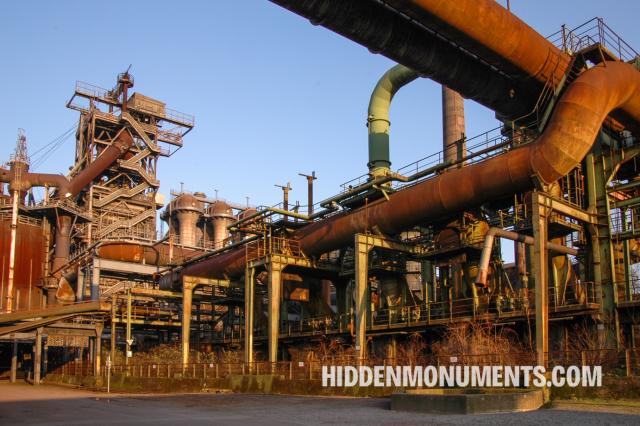Of the six blast furnaces that the Uckange steel factory had in the early twentieth century, today, only the 71-meter-high blast furnace 4 remains.

Belval factory
The Belval blast furnaces in Esch-sur-Alzette are the last remnants of the Grand Duchy of Luxembourg steel industry. In 1997, the steel factory was shut down for good, only to rise like a phoenix from its ashes a few years later.
- Contains Practical Information
- Suitable for Explorers with Public transport
- Contains Background Information
Read the full story for members
- Get access to the full story and all photos of hundreds of destinations.
- Unlock all the practical information you need to plan a legal visit
to this venue, including GPS coordinates, address, public transport etc. - Discover nearby destinations and more than 500 destinations, including this one, on a detailed map.
Become a member only 29,90 euro / year
Already subscribed? Log In
Plan your visit for members
Discover more
Get the latest stories straight to your inbox
Latest from the blog
If you love hiking and exploring industrial history, the Minett Trail in southern Luxembourg is the perfect adventure. Winding through the country’s historic steel heartland, this trail connects old industrial sites, cultural landmarks, and striking landscapes.
All photos and stories are copyrighted. Of course, linking to articles on the site is possible and allowed.
If you would like to use photos or articles from this website, please contact bart@hiddenmonuments.com.
© 2003-2025 Hiddenmonuments.com




